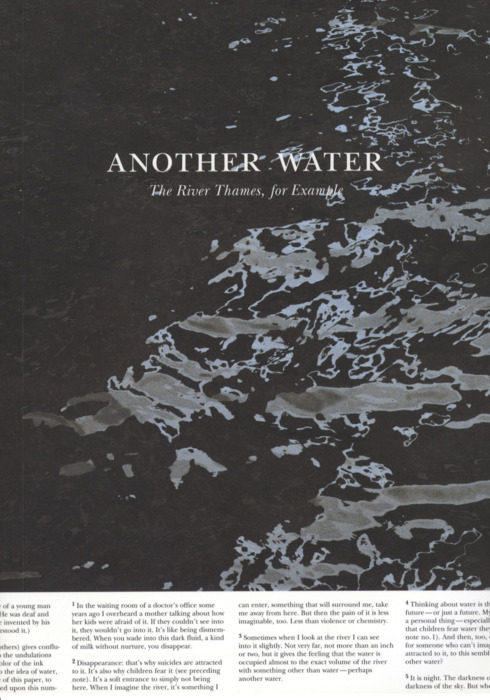
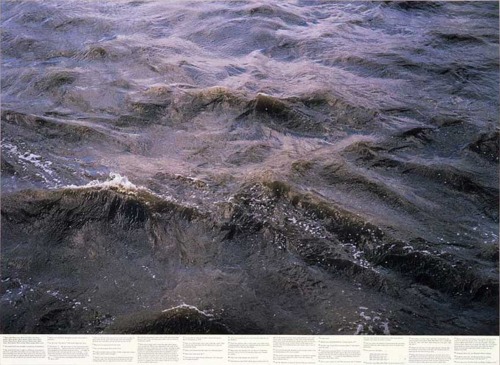
Steidl has just released Roni Horn’s new edition of Another Water, originally published in 2000. In the new edition, Steidl prints the photographs on the somehow luminously matte paper that Horn had originally envisioned using for the book.
The forty-seven full bleed, double-page spread images of the opaque surface of the Thames River call to mind raised relief maps. Along the bottom edge of these images are footnotes that reference poems (frequently by Emily Dickenson), novels, films, events that took place in or along the river and the artist’s own reflections.

Interspersed among these spreads are “Dead Body Reports” from the logs of Scotland Yard that recount some of the many suicides that have taken place in the river. One describes a young actor who drowned himself. He had been chosen for the starring role of a play about Edgar Allan Poe. Just before his suicide, he had spoken to the author of the play about dropping the part of Poe and replacing it with a role in which he would play himself. This “Dead Body Reports” is quintessential Roni Horn; it hints that any one of us could be anyone else. Like the river, we have no fixed position.
I saw an earlier iteration of Horn’s work with the Thames, entitled Still Water, in “Roni Horn AKA Roni Horn” at the Whitney last year. The footnotes running along the bottom edges of those photographs corresponded to tiny white numbers scattered across the image, as if Horn were mapping the surface of the Thames with her thoughts. In Another Water, Horn’s footnotes remain numbered, but those numbers no longer correspond to any single place in the image. There are no longer white numerals scattered across the waves of the river, and their absence makes for an even more fluid cartography.
Roni Horn is not the cartographer of Borges’ On Exactitude in Science, the man who, in a vain attempt to fix his empire in time, drew a map so precise that it covered the territory it depicted exactly. Horn maps water, paradoxically showing us the tension between the arrested time in maps, photographs or the written word and the flow of experienced time, the time we live (and die) in.
For More Information Visit {www.steidlville.com/books }
Conveyor Arts is very happy to announce that Andrew Frost is the recipient of the Conveyor Photo Grant! His project Caledonia, chosen by our panel of jurors, will be printed and produced in-house at Conveyor and on view in our exhibition space in the coming months. We’ll keep you posted with more information! For now, we hope you enjoy some excerpts from Caledonia.
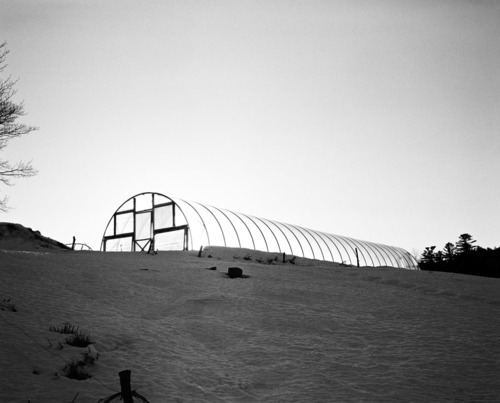

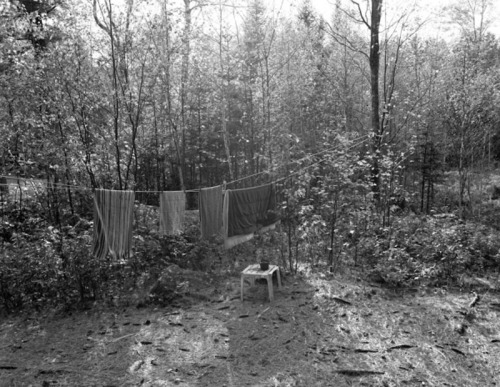

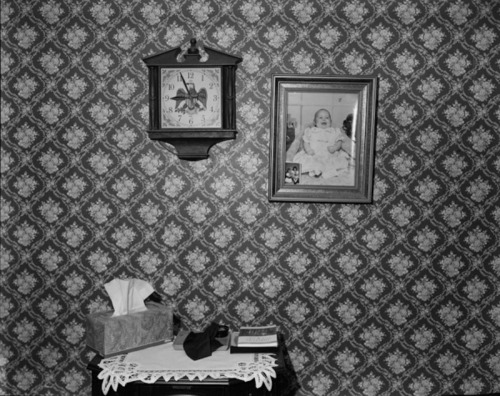
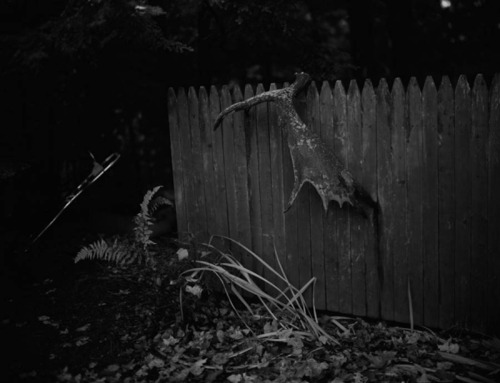
Caledonia
Since the late 1700s, my family has lived in Caledonia County in the Northeast Kingdom of Vermont. In the late 70′s, my dad left and joined the Navy. Growing up we moved constantly, but we never went back to Vermont. I always imagined this magical place, something like a “Never-Never Land”—a place with mountains and rivers and lakes, and a land of tree houses and caves— the kind of place where kids were free to ride their bikes to the village store. In 2010, I visited for the first time and began photographing the world I had so often imagined but never experienced.
Andrew Frost was born in Yokosuka, Japan. He completed his undergraduate work at Milligan College in Johnson City, Tennessee, and is currently pursuing his MFA program at Syracuse University. More of his work can be found { www.andrewpfrost.com }
In collaboration with the launch of Red Roots Gallery and the Macabre & Mysticism exhibition, Conveyor will be screening a handful of films in the 25CPW Gallery this Saturday Night Only!

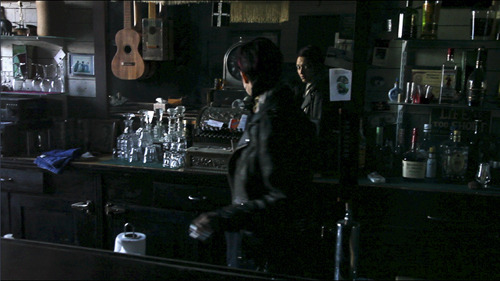
AND, OF THE OTHER, a film by Leif Huron
My parameters are simple… To place one subject on liminal terrain in which the demarcation between wild and domesticated space is not entirely fixed. This film is my provisional framing of an observation of this phenomenon moving through time.
My interest is to explore a narrative strategy that values condition over plotting; to initiate a zone of indeterminacy, images not entirely crystallized, a potentiality of outcomes and sensory [inter] relations not resolved, but strange, mutable and alive.
Saturday will mark the first screening of AND, OF THE OTHER in it’s final state!
AND, OF THE OTHER
Video Projection
Camera+Scenario+Edit: Leif Huron
Main Theme: Jason Millard
Sound Design: toiletooth
-
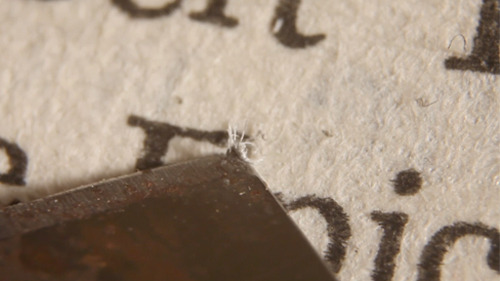
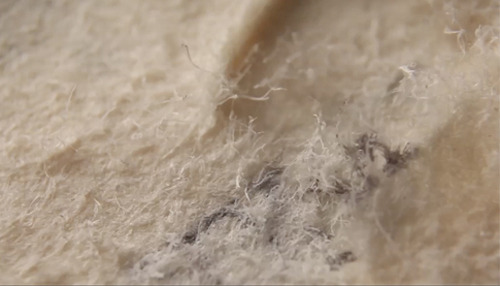
aphasiaticisms (x study) by Jeremy Haik
Recently I have been dissecting the physical form of language in the printed word. Using various material and digital means, I remove and alter textual forms from the covers and pages of books. The resulting works take the form of either still or moving images. This process involves a conscious effort to remove the fundamental purpose of textual signs which is to explicitly name the text, author, and ideas contained within. Yet when this fundamental element is removed or obscured there still remains the matter of the book itself. The colors, shapes, images etc. that surround the place where the text resides are not invisible and carry a significant phenomenological and conceptual weight. The work is a move towards understanding exactly where those visual elements are situated within my field of vision as it moves between the physical forms of the book, and as my frame of mind moves between the ideas the text contains. Among my concerns within the work are questions of authorship, archival impulses, the metaphysics of presence, and the misplaced desire for immediate access to absolute meaning.
Jeremy Haik is an artist and film-maker living in Brooklyn. He is currently pursuing Masters of Fine Art in Photography, Video and Related Media at the School of Visual Arts. His work looks at the slippages and inconsistencies of language through the combination of material and digital practices. His website is { www.haikstudio.com }
-
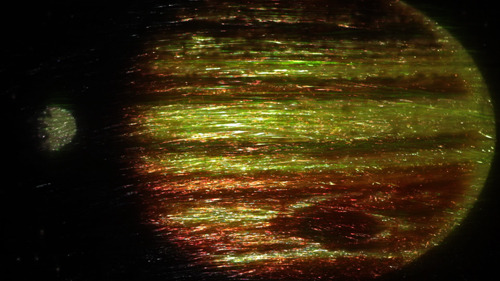

Systems, a film by Molly Surno & Colin Sonner
Molly Surno is artist and curator based in Harlem. Currently she is enrolled in the Visual Arts MFA program at Columbia. She has exhibited her multimedia installations in galleries throughout the country, and is represented by Gasser Grunert Gallery in Chelsea. Three years ago she founded an avant garde film and live music performance series Cinema 16, which has showcased spaces such as the Metropolitan Museum of Art, PS1, and the Kitchen. Her work has been featured in the New Yorker, New York Times, LA Times, Wall Street Journal, NYLON, Filmmaker Magazine, Vice, among others. { www.mollysurno.com }
Colin Sonner is a Brooklyn based director and cinematographer. He has directed short films and music videos and shot for, inter alia, the BBC, PBS, and A&E. He also holds an MA in Philosophy from Boston University.
—
Macabre & Mysticism
Exhibition Opening
Saturday, October 29th from 6 – 10pm.
Red Roots Gallery
25 Central Park West
New York, NY 10023
For more information visit: { www.redrootsgallery.com }
Halloween creeps closer, and with it, the opening of Macabre & Mysticism at Red Roots Gallery on Saturday, October 29th. Conveyor Editor Dominica Paige continues her foray into the the unnerving (and sometimes terrifying) realms of photography.
Memento Mori & Victorian Portraiture of the Deceased.
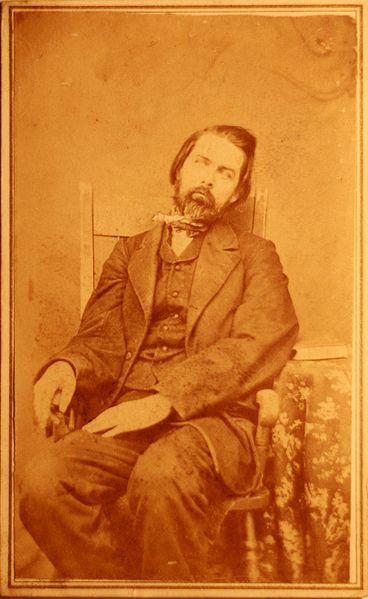
Postmortem photography, which seems rather morose and morbid in modern life, was quite widespread in Europe and the United States during the 19th century.
With the invention of the daguerreotype, portraiture became widespread amongst the middle class who could afford a session with a photographer but were unable to commission a painted portrait. This less expensive and more convenient form of portraiture was also used as a means for memorializing dead loved ones.

Unlike traditional memento mori, these photos served less as a admonition of mortality and function rather as a keepsake to remember the deceased. Memorializing the dead was particularly common with children and infants, as childhood mortality was common during the Victorian era, and in many cases, a postmortem photograph might be the only image ever made of a child. Children were often depicted with family members or a favorite plaything, or in recline in a crib.
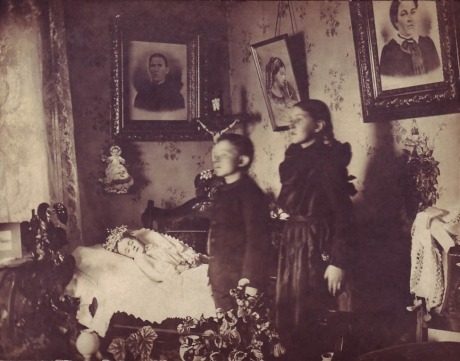
The living appearance was so desirable that, later in history, the photograph would depict the subject with their eyes propped open, pupils often painted onto the photo; the image, especially tintypes and ambrotypes, was commonly manipulated to make the deceased’s face rosy.
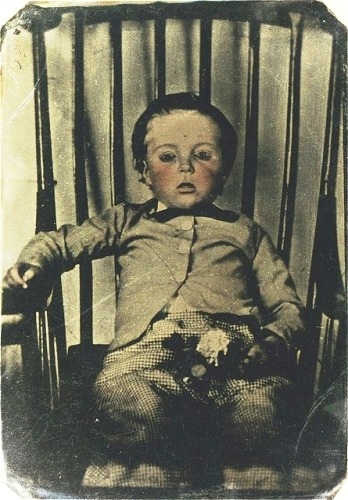
This is terrifying.
Later efforts were less concerned with a lifelike quality and the deceased were shown in coffin, and some very late examples show the dead accompanied by a large group of funeral attendees.

Motifs of macabre and mysticism have been visible in art since it’s inception. The curiosity of both the tragic and the transcendent dates back to pre-historic cultures, and remain a common theme in contemporary art.
In many early cultures artisans communicated with otherworldly beings though funerary statues carved for loved ones who were making their way from the earthly world to the afterlife. Later the Danse Macabre, an allegory of death, surfaced as an artistic genre throughout Medieval Europe. The Memento mori and vanitas traditions of painting, which reminds us that our earthly life is fleeting, flourished in the Renaissance and Golden Age of Dutch painting, and remain a popular genre that many contemporary works continue to reference.
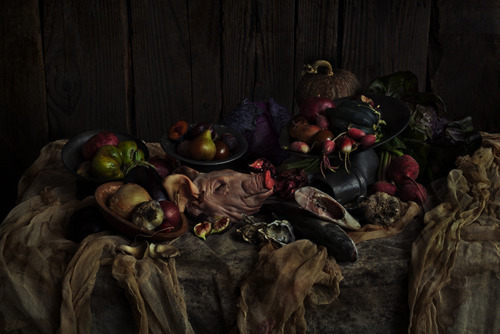
Nicholas Alan Cope
Since the advent of the photography, people have been compelled to capture on film what is unseen by the naked eye; from the crime scenes of Weegee or the Disaster Series of Warhol, to the ever-popular genre of spirit photography, we are compelled to document that which questions and transcends our earthly existence.


Andy Warhol
Through dioramas of true crime scenes and the invisible nuances of historically haunted houses, our guest curator Corinne May Botz captures this hint of the supernatural in her photographic series “The Nutshell Studies of Unexplained Death” and “Haunted Houses.”
When curating the Macabre & Mysticiscm exhibition, Botz encountered a delicate balance between a sense of dread and a feeling of wonder in the submitted work. She identified historical motifs and used them to weave the show together. The exhibition is rooted in dark narratives that lie just beneath the surface of everyday life, evoking dark romanticism, summoning foreign bodies and creating a displaced experience.

Corinne May Botz
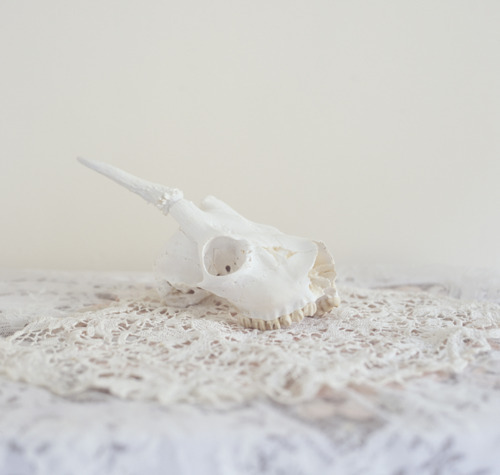
Laura Bell
Corinne May Botz on Curating Macabre & Mysticism at Red Roots Gallery:
“Through carefully composed still-lives that recall vanitas paintings, Laura Bell and Eran Gilat create and represent the vanity of life and encroachment of death through symbolic objects. In Caitlin Parkers film Regression, we see an uncanny splitting of the conscious and unconscious self as a hypnotist guides us into fragmented slippages of time and place.
Phoenix Lindsey-Hall’s reflections of LGBT hate crimes throughout America explore notions of self and other. Her installations reveal the transgressive nature of everyday objects and put the viewer in the uncomfortable position of determining who is the perpetrator and who is the victim.

Darin Mickey
Emile Askey’s subtle diptychs target the subliminal stimuli of the viewer to summon both confusion and fear. Brea Souder’s surrealistic photographs icily dissect and recreate the dreams journals of well-known scientists and philosophers, while Darin Mickey’s photographs of everyday objects retain a matter of fact existence infused with a sense of mysticism.”

Brea Souders.
Macabre & Mysticism opens this Saturday, October 29th from 6 - 10pm at Red Roots Gallery and will remain on view until December 16th, 2011.
Red Roots Gallery
25 Central Park West
New York, NY 10023
For more information visit: { www.redrootsgallery.com }
In which our faithful narrator, Conveyor Editor Dominica Paige continues her week-long spooktacular of unnerving photography. Read on…if you dare! (mwah-hahahahaaa!)
What’s spookier than a fire creeping underground that burns for decades, causing human-swallowing sink holes and the abandonment of an entire town? Perhaps the most infamous instance of a ghost town is Centralia, PA, where a mine fire began in 1962 and continues to burn; in fact, it is estimated that there is enough coal in the mine to sustain the fire for the next 250 years.
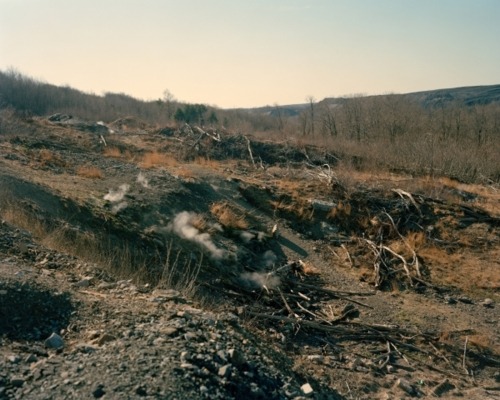
Matt McDonough
In 1981, there were over 1,000 residents in Centralia; in 2010, there were 10. In 2002, the town’s zip code was revoked by USPS. Matt McDonough’s series-in-progress entitled Centralia examines the nearly-deserted town.
Matt McDonough
Matt McDonough
{ http://mattmcdphoto.com }
Thank you to the backers of Conveyor Magazine’s Kickstarter project! We are so appreciative of the support that we thought we ought to give you , we thought we’d share a small sampling of the images and text included in the upcoming Mapping Issue.
Project Series takes a look at Sarah Anne Johnson’s “Arctic Wonderland” …
Today, the Arctic is a combination of shifting icescapes and a cartography of International laws, which parcel out limited economic zones to five surrounding countries, leaving the middle as an open territory. Johnson explores how these zones define progress, possession, and preservation in a geopolitical world. - CM
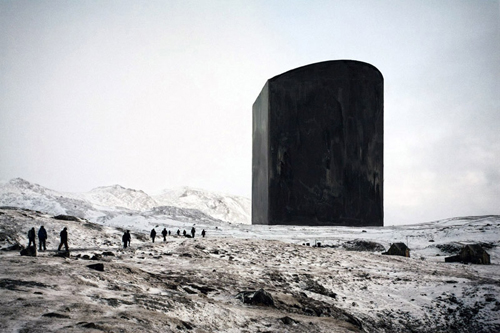
Black Box, 2010.
… and the comprehensive “Mason-Dixon Survey” project by Colin Stearns.
The Mason-Dixon Line has held a near mythical place in the American psyche since its charting in the 1760s. While it has grown into an intangible cultural division between North and South, it began as a pragmatic solution to a land dispute and was marked by highly physical traces. - CM
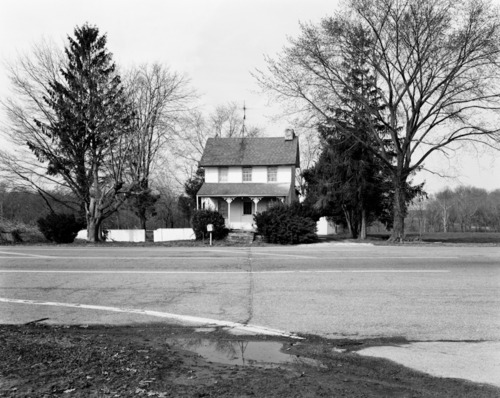
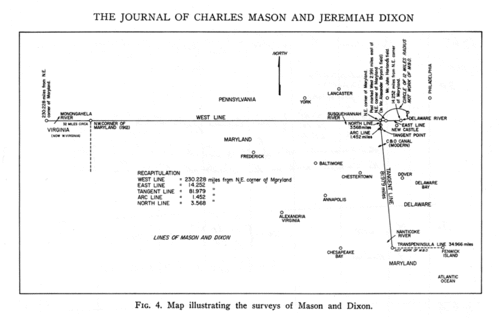
A few from the Group Show - curated from a free & open call for submission:
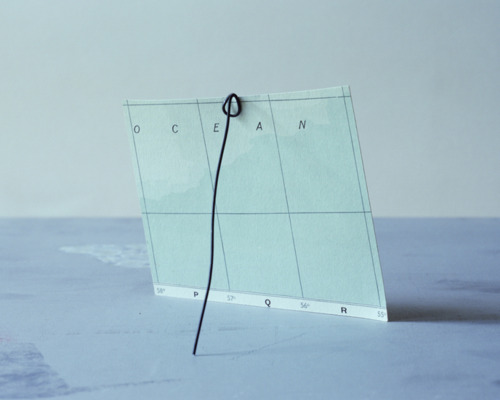
John Mann
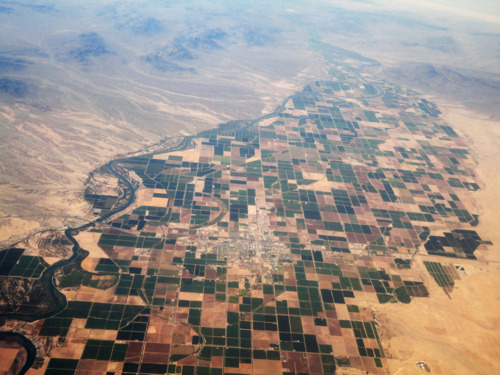
Dierdre Donohue

Mary Mattingly
The Artist Feature looks at the images and writings of Peter Happel Christian…
Many cartographers and photographers aim to produce consumable images that add to our understanding of the world. What exists beyond the borders of a map or the frame of a photograph is absent from the slipstream of pictures and lost to history and recollection.


And a little Lori Nix…
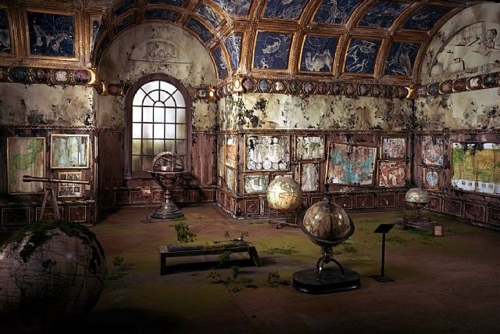
Ok. No more spoilers! The Mapping Issue goes to press in just one week!
We couldn’t be more excited! However, we still have a a ways to go to reach our goal! Help us keep the momentum going, by spreading the word through conversation, blogs, facebook, email and more!
Just 20 Days Left to Back our Kickstarter project! Help us reach our goal :)
{ http://www.kickstarter.com/projects/conveyor/conveyor-magazine }
The countdown continues: six days until Halloween, and four days until the opening of Macabre & Mysticism at Red Roots Gallery. In the spirit of the season, Conveyor Editor Dominica Paige is posting daily featuring the creepier side of photography.
The Spirit Photography of William Hope
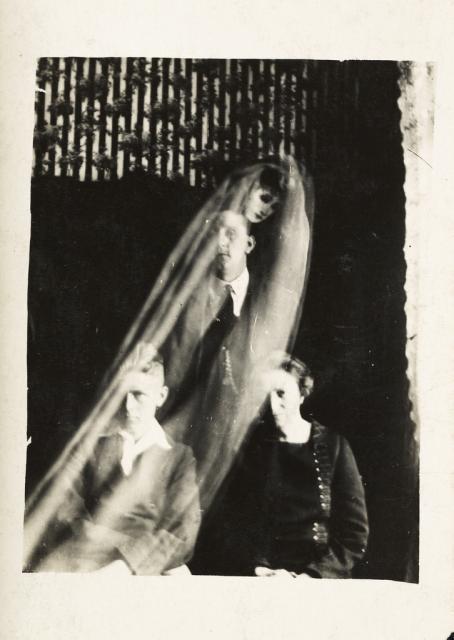
William Hope, Woman with Two Boys and a Female Spirit, Collection of National Media Museum
William Hope’s aptitude for capturing spirits in photographs allegedly came about in 1905 when he and a friend were photographing one another. In one of the photos taken by Hope, another entity appeared in the image, an “extra,” the image of a person who was not physically present when the photo was taken. The extra in question was the deceased sister of Hope’s friend.
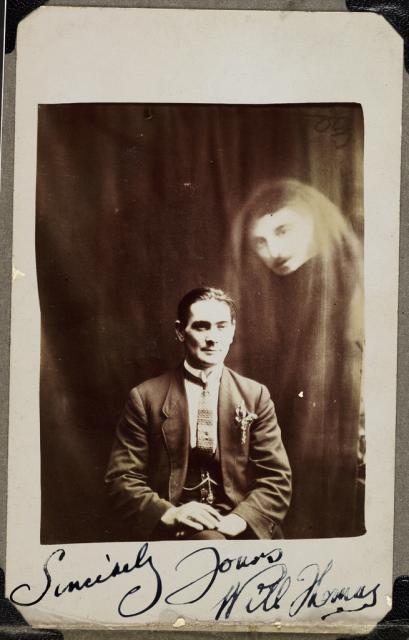
William Hope, Will Thomas with an Unidentified Spirit, Collection of the National Media Museum
Typically in the photographs, ghostly faces appear, floating above or behind the living subjects. In some images, fully formed ghosts would appear, usually draped in sheets. Superimposed images and double exposures were the usual methods for “capturing” the ghosts, though the photographer’s assistant could also drift behind the sitter, dressed in appropriate “spirit” attire, and remain in place a few moments while the shutter was open before ducking out of site.
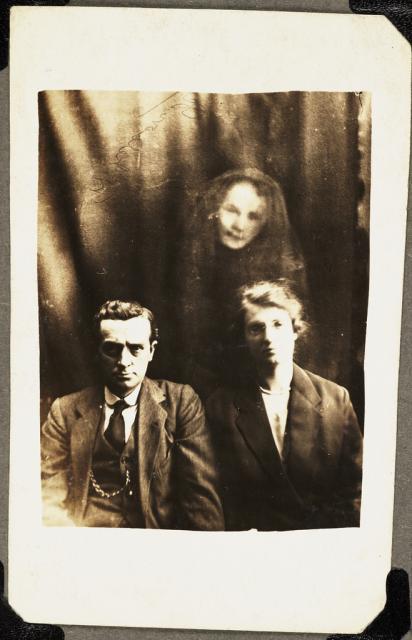
William Hope, Couple with a Female Spirit, Collection of the National Media Museum
Hope became a prominent spirit photographer and formed the Crewe Spiritualists Circle with six other photographers. During their early work, the circle destroyed the negatives of the photos they created as they feared being suspected of witchcraft. They began to make their work public, however, when Archbishop Thomas Colley, a lifelong enthusiast of both the supernatural and Spiritualism, joined the circle.
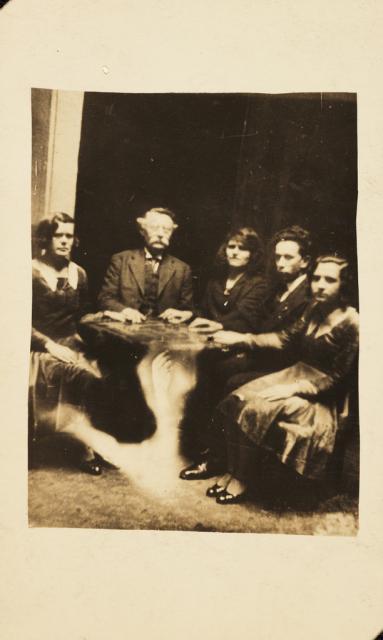
William Hope, A Seance, ca. 1920, Collection of the National Media Museum
In 1922 Hope relocated to London and became a professional medium. The work of the Crewe Circle was investigated on various occasions by paranormal investigators who hoped to prove Hope was a charlatan.The most famous of these took place in 1922, when the Society for Psychical Research sent Harry Price to investigate for fraud. Price collected evidence that Hope was substituting glass plates bearing ghostly images in order to produce his spirit photographs; he provided Hope with glass plates embossed with a special mark that could not be seen except when exposed. Hope substituted these for regular glass plates, and as such the marks did not show up – suggesting that he faked his photographs.
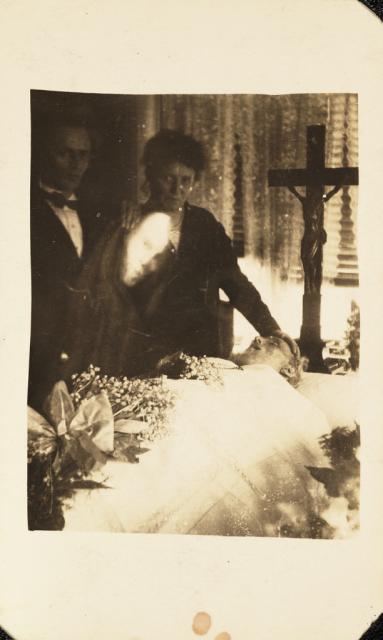
William Hope, Mourning Scene, ca. 1920, Collection of the National Media Museum
Still, hundreds of followers continued to believe Hope’s abilities were genuine. This remains a matter for conjecture, a mystery that remains unsolved. What can be said with certainty is he was rather adept at capturing photographic ghosts, whether real or imagined.
The countdown is on: one week until Halloween, and five days until the opening of Macabre & Mysticism at Red Roots Gallery. To evoke the spirit of the season, Conveyor Editor Dominica Paige will dedicate one post each day to the spookier side of photography.
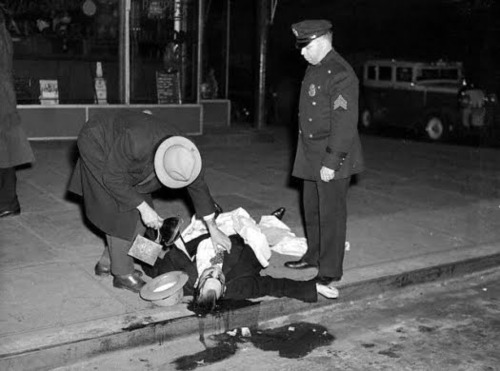
Weegee (Arthur Fellig)
It seems only natural to begin this series with Arthur Fellig, better known as Weegee, whose dramatic noir photojournalism captured the grime and glamor of city life.
With the emergence of tabloid newspapers in 1919 such as The Daily News, The Daily Mirror, and The Graphic, the photographing of death and crimes was nightmarishly circulated. These newspapers, with their graphic front-page photographs and captivating captions, remained popular until the 1960s, and radiated a dark glamour that served to exemplify how the banal becomes electrified by association with the imagery of a crime.
Weegee (Arthur Fellig)
Violating the traditional conventions of photography, photographers such as Tom Howard, Ed Giorandino, and Fellig depicted New York as a dangerous metropolis though their use of framing and lighting. The aesthetic of the crime photograph established a visual language further popularized in nor films such as Citizen Kane, The Wrong Man, and The Naked City.
These photos are not only compulsory records of New York but are also an intricate part of the visual language that has come to define the city, and continues to influence the mythological iconography of Gotham today.
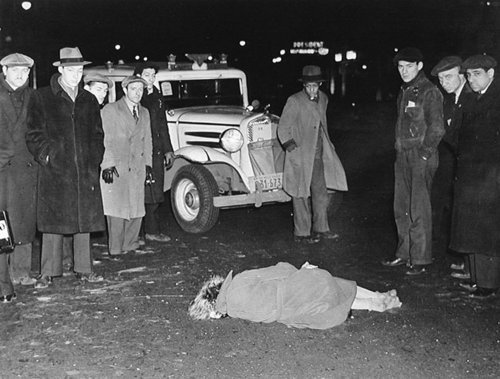
Weegee (Arthur Fellig)
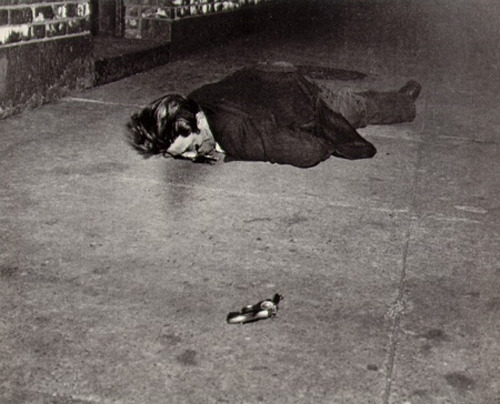
Weegee (Arthur Fellig), Murder in Hell’s Kitchen, 1944
Naked Hollywood: Weegee in Los Angeles opens at MoCA in November 2011 - { http://moca.org }